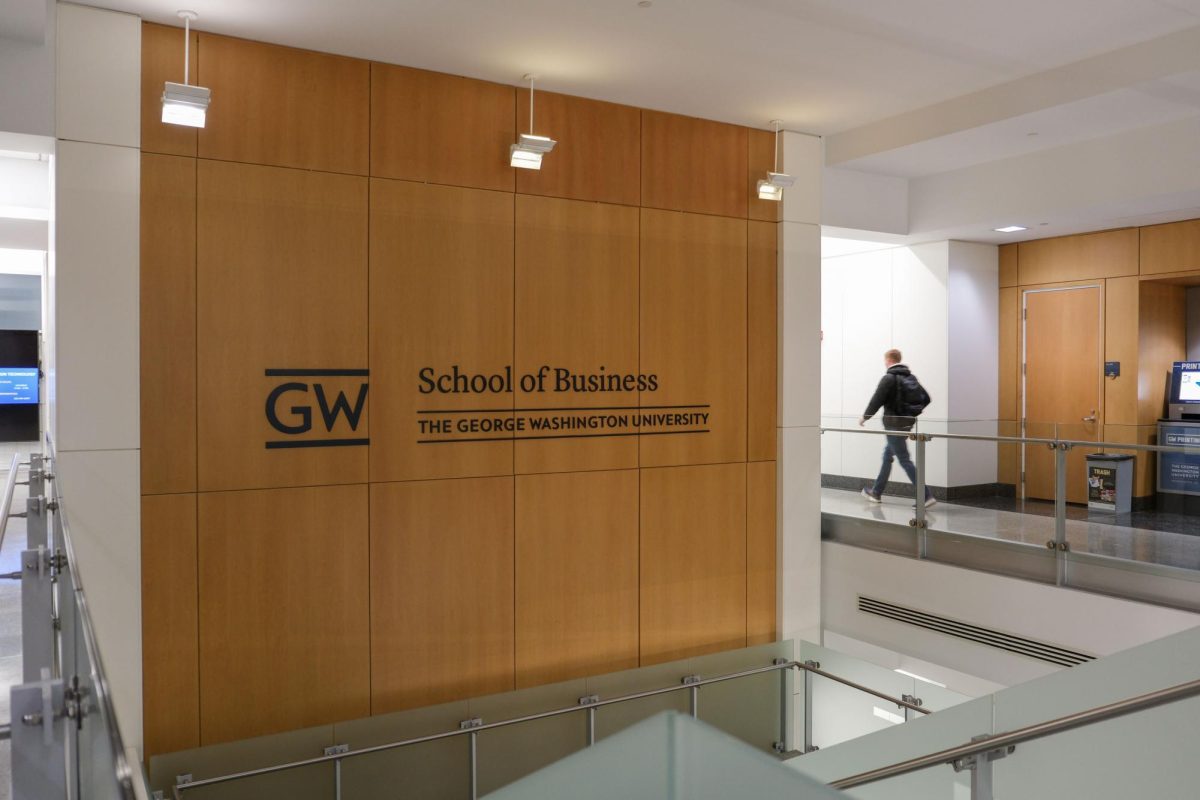This post was written by Hatchet Reporter Kierran Petersen.
The Consumer Financial Protection Bureau is preparing to launch a campaign to educate students about college debt and how best to manage loan repayment.
The “Know Before You Owe” electronic program, accessible through the bureau’s website, will use each student’s information to generate a “financial aid shopping sheet” – a calculation of real cost of attendance and future loan payments.
The calculation incorporates a specific college’s tuition, extra fees and financial aid pool and weighs it against the prospective student’s self-reported loan eligibility to estimate future monthly payments.
Rohit Chopra, student loan regulator for the Consumer Financial Protection Bureau, said he hopes the the program will help student borrowers avoid financial complications by clarifying the layers of financial aid.
“We want to help improve the timing, because right now when seniors are about to graduate, many of them don’t know what their loan payments are going to be like, and in this tough economy, they get this sticker shock when they see how expensive payment it,” Chopra added. “We want to improve financial aid information even before someone steps foot on campus.”
Even basic information like full cost of attendance can be hard to wrestle out of universities, President of the Institute of College Access and Success Lauren Asher said. Asher believed the program will clarify payment discrepancies between schools with similar sticker prices.
“Its always helpful to students to have more information and make loan information more transparent,” Asher said.
Students within the District have an average debt of over $30,000 dollars, the highest in the country, according to a when report from the Project on Student Debt. Less than 1 percent of GW students defaulted on their student loan payments last year, a record low.
Executive Director of Financial Aid Dan Small said the University’s efforts to educate student borrowers already include an online questionnaire and exit interviews about loan repayment.
“Our graduates seem to understand and follow through in their responsibilities in making payments,” Small said.
GW students currently hold $60.8 million in undergraduate loans, including $37.9 million for federal student loans.
“The more informed one is the better prepared he or she will be in meeting their financial responsibility upon graduation,” Small said.
The Consumer Financial Protection Bureau program, which has no set launch date and is still in the developing phase, premieres as Capitol Hill is buzzing with debate about debt.
It follows growing demand by Occupy Wall Street protestors to reform the student borrowing and President Barack Obama’s “We Can’t Wait” campaign to alleviate student debt, which Small noted last week will affect only a small population at the University.




